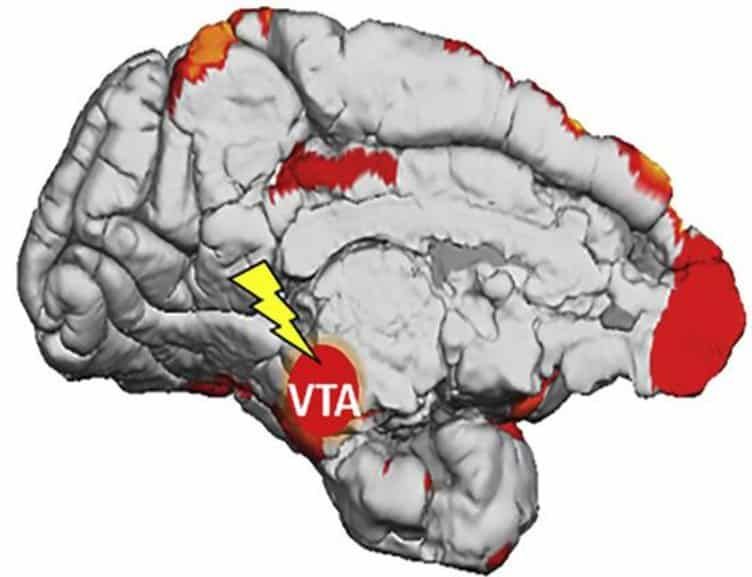Mar 16, 2021
Wormholes Across The Universe Are Fully Traversable, New Calculations Show
Posted by Sean Cusack in categories: cosmology, particle physics, space travel
In my last post, I talked about the idea of warp drive and whether it might one day be possible. Today I’ll talk about another faster-than-light trick: wormholes.
Wormholes are an old idea in general relativity. It’s based on work by Albert Einstein and Nathan Rosen, who tried to figure out how elementary particles might behave in curved spacetime. Their idea treated particle-antiparticle pairs as two ends of a spacetime tube.
This Einstein-Rosen Bridge would look like a black hole on one end, and an anti-black hole, or white hole, on the other end.
















